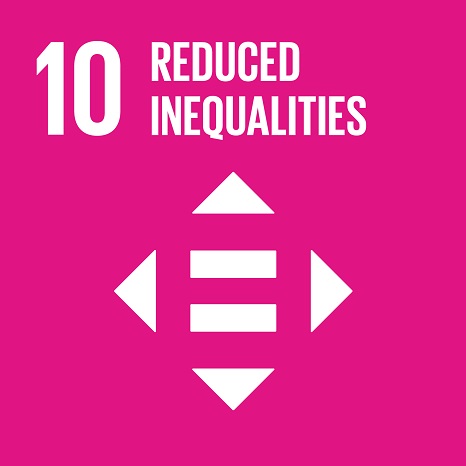Ciência_Iscte
Publications
Publication Detailed Description
Conference Proceedings Grand Projects - Urban Legacies of the Late 20th Century
Year (definitive publication)
2021
Language
English
Country
Portugal
More Information
Web of Science®
This publication is not indexed in Web of Science®
Scopus
This publication is not indexed in Scopus
Google Scholar
This publication is not indexed in Overton
Abstract
Over the past decade Lisbon’s historic city center was marked by extensive transformations, notably the loss of residents and traditional commerce followed by gentrification trends. While the former led to a drain of the city's assets and a consequent degradation of its buildings, the latter attracted new stakeholders increasing building’s rehabilitation and prompting the growth of commercial and residential typologies for tourism purposes. Currently, with the COVID-19 pandemic, new challenges arise that change the previously mentioned dynamics.
In a global context these dynamics were associated with factors such as the instability of the financial sector, migratory flows and the emergence and development of new technologies which together with the instability of social relations make the relocation of social interaction to multiple places a reality. Before the COVID-19 pandemic, these factors have contributed to the increase of the real estate and tourist pressure, as a result of the occupation of buildings for temporary residence or local accommodation, the mobility of large tourist flows and the growth of nightlife activities, untying the city, its identity and unique memory. But during the confinement period, deriving from it and from the lack of tourist flow, Lisbon has seen an emptying of its public space.
This essay identifies how the “new” stakeholders, especially tourists, contribute to lifestyle and spatial transformations, looking into the particular case of São Paulo square and its surroundings - where the new urban uses, associated with tourism and leisure, demand a livingness and identity of a city in conflict with its territorial and social dynamics. Furthermore, this study contributes to the elaboration of flexible urban strategies that address both top-down and bottom-up demographic change, disclosing how the new dynamics can redefine the city and mitigate its fewer positive effects.
Acknowledgements
--
Keywords
City,São Paulo square,Touristification,Gentrification
Contributions to the Sustainable Development Goals of the United Nations
With the objective to increase the research activity directed towards the achievement of the United Nations 2030 Sustainable Development Goals, the possibility of associating scientific publications with the Sustainable Development Goals is now available in Ciência_Iscte. These are the Sustainable Development Goals identified by the author(s) for this publication. For more detailed information on the Sustainable Development Goals, click here.

 Português
Português



